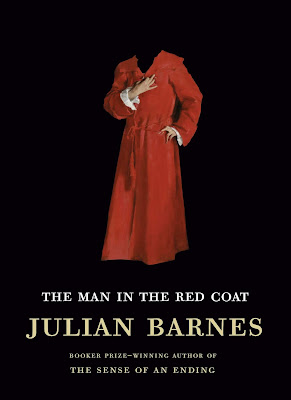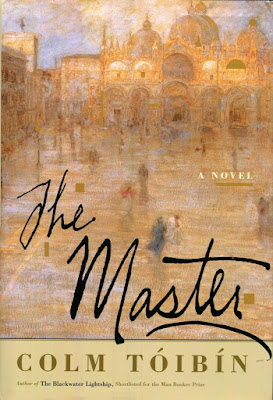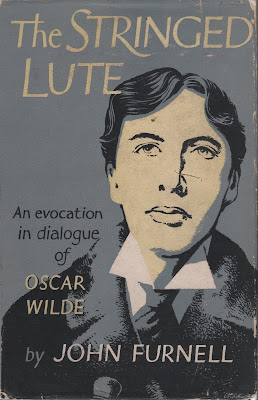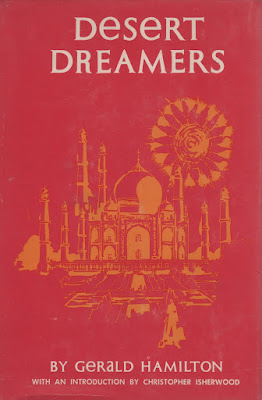 |
| London : Bantam Press, 1993 |
The Confessions of Aubrey Beardsley opens in the final years of Aubrey Beardsley's life. He has committed himself to converting to Catholicism prior to his impending death at the age of 25 from tuberculosis. As a matter of survival, becoming Catholic or moving to the continent were the common choices among gay men in England after the Wilde trial. Beardsley provides his full confession to Père Coubé, a French priest, through a series of letters. Over the course of these letters we learn about key events in his life.
Beardsley's family struggled financially during his early years and Aubrey and his sister performed at parties of the wealthy—he on the piano and his sister, Mabel, reciting poetry. As a teenager, he had begun to take more seriously his talents as an artist and he was particularly enamored with the art of Edward Burne-Jones, a member of the Pre-Raphaelite Brotherhood. Beardsley presented himself and his portfolio of drawings at the home of Burne-Jones who saw something worth encouraging. He later helped Beardsley to hone his craft and make connections with others in the arts community.
After entering this new world of art and literature, he became aware of Oscar Wilde's intention to publish an English edition of his play Salome and that it would need illustrations. Instead of appealing directly to Wilde or his publisher, Beardsley created a single illustration depicting a critical moment in the play and it was published in an arts and literature journal where he knew Wilde would see it. His plan worked and he soon had the commission to provide the illustrations for Salome. Wilde was ascendant in the literary and arts world and having this connection helped Beardsley to achieve even greater success. When Wilde soon thereafter had his great fall, Beardsley's star also fell. He blamed Wilde for his foolish behavior which also ruined his own reputation and career.
Beardsley struggles with his confession because to renounce his life as sin would mean to agree that his art had no value. He had suffered from tuberculosis at least from the age of seven. Death was always imminent and given his young age at death, one can see why he wanted to experience everything possible while he was still alive.
Although the particulars of the story are quite different, while reading this novel, I couldn't help thinking of another extremely talented artist/author that died far too young, Denton Welch. There's something about putting so much energy into one's artistic output while suffering significant and ongoing health crises that is extraordinarily compelling.





![Left: Oscar Wilde : Tre Atti by Niccolò De' Colli Firenze : Gruppo di cultura fiorentino degl'ISVICI, 1933 Right: Le procès d'Oscar Wilde : Pièce Inédite, en Trois Actes Précédés d'un Prélude by Maurice Rostand Paris : [publisher not identified], 1935 Left: Oscar Wilde : Tre Atti by Niccolò De' Colli Firenze : Gruppo di cultura fiorentino degl'ISVICI, 1933 Right: Le procès d'Oscar Wilde : Pièce Inédite, en Trois Actes Précédés d'un Prélude by Maurice Rostand Paris : [publisher not identified], 1935](https://blogger.googleusercontent.com/img/b/R29vZ2xl/AVvXsEgz5SZ5FHS4zobiRc6Y74P5SsTjZjWRyAbnNRUjFS9Jf1vuLmhZ0si7CpF0hvurSyAHAdu9xCbt1jd-ZFZIOmv_NWG6ETF6xepsLklFopBMweEgIEr2QZv5bUMv2n5CrUd_gPD-KmY_kgY/s320/Colli_Rostand_OscarWilde.jpeg)




